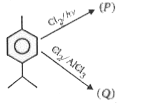
Identify major product of both respectively. Solution in Kannada




The correct Answer is:C
Cl2/hv⇒ Free radical mechanism
Cl2/AlCl3⇒ Electrophilic aromatic substitution.
According to Baker-Nathan effect, hyperconjugation dominates over inductive effect. Hence ortho-position of methyl group has more e− density for EAS.
Topper's Solved these Questions
- AROMATIC COMPOUNDS BOOK - MS CHOUHANCHAPTER - AROMATIC COMPOUNDS EXERCISE - LEVEL-2
11 Videos
- AROMATIC COMPOUNDS BOOK - MS CHOUHANCHAPTER - AROMATIC COMPOUNDS EXERCISE - LEVEL-2 (COMPREHENSION)
16 Videos
- AMINESBOOK - MS CHOUHANCHAPTER - AMINESEXERCISE - Level-2
1 Video
- BIOMOLECULES BOOK - MS CHOUHANCHAPTER - BIOMOLECULES EXERCISE - LEVEL - 2
5 Videos
Similar Questions
Each of the six compounds shown at the bottom of the page has two aromatic (benzene) rings. In each case the two rings are different and are labeled A & B. If an electrophilic substitution, such as nitration or bromination, is carried out on each compound, then identify which ring (A or B) will be preferentially attacked, and indicate the orientation of the substitution (ortho/para, meta or all sites).
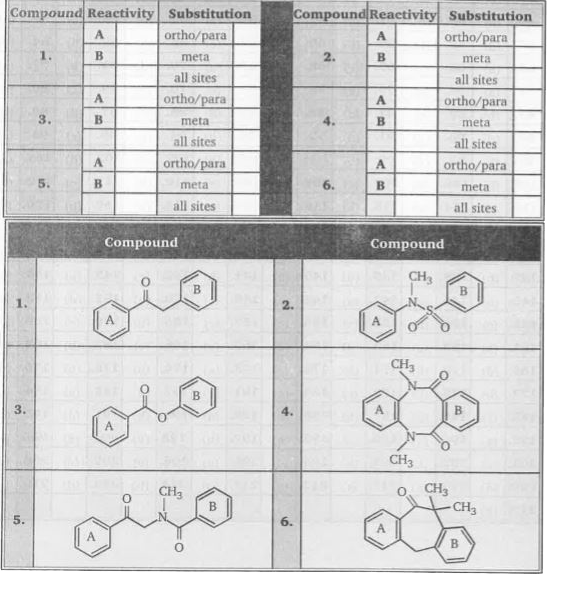
View SolutionGiven is the energy profile diagram of nitration of benzene using mixed acid. (HNO3+H2SO4)
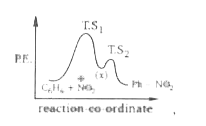
Identify (x) in above reaction :
View SolutionFive amine syntheses are outlined below. In each reaction box enter a single letter designating the best reagent and conditions selected from the list at the bottom of the page.
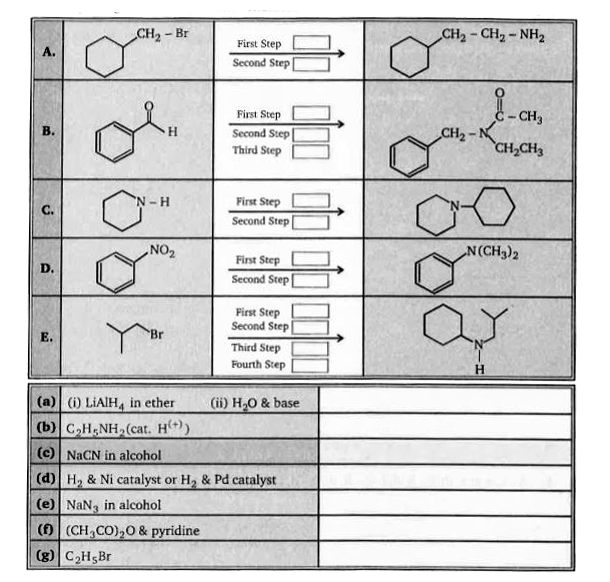

View SolutionMatch the colume (I) and Column (II). (Matrix)
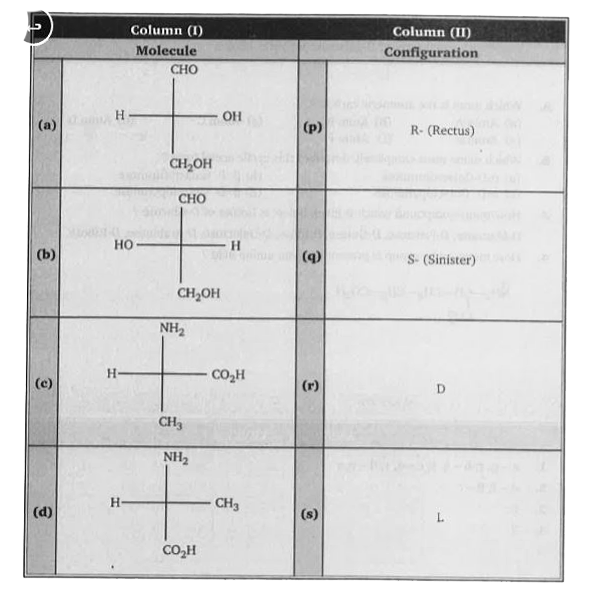
View Solution
Identify the major product
View Solution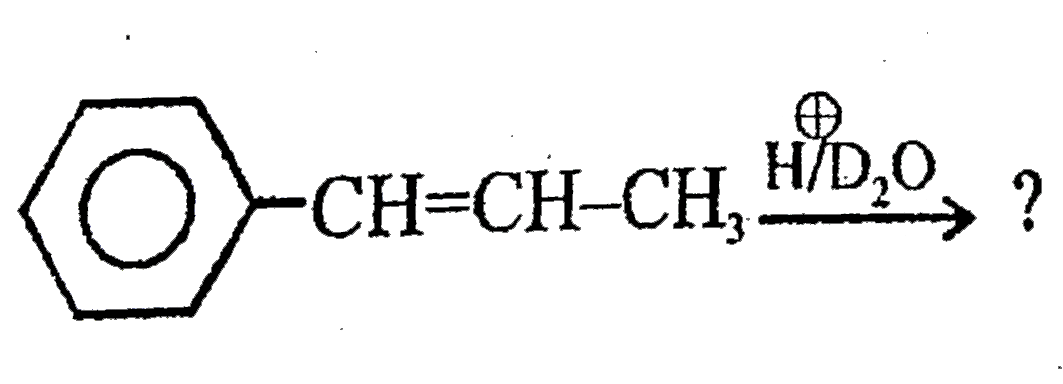
Identify the major product?
View SolutionIdentify the major product.
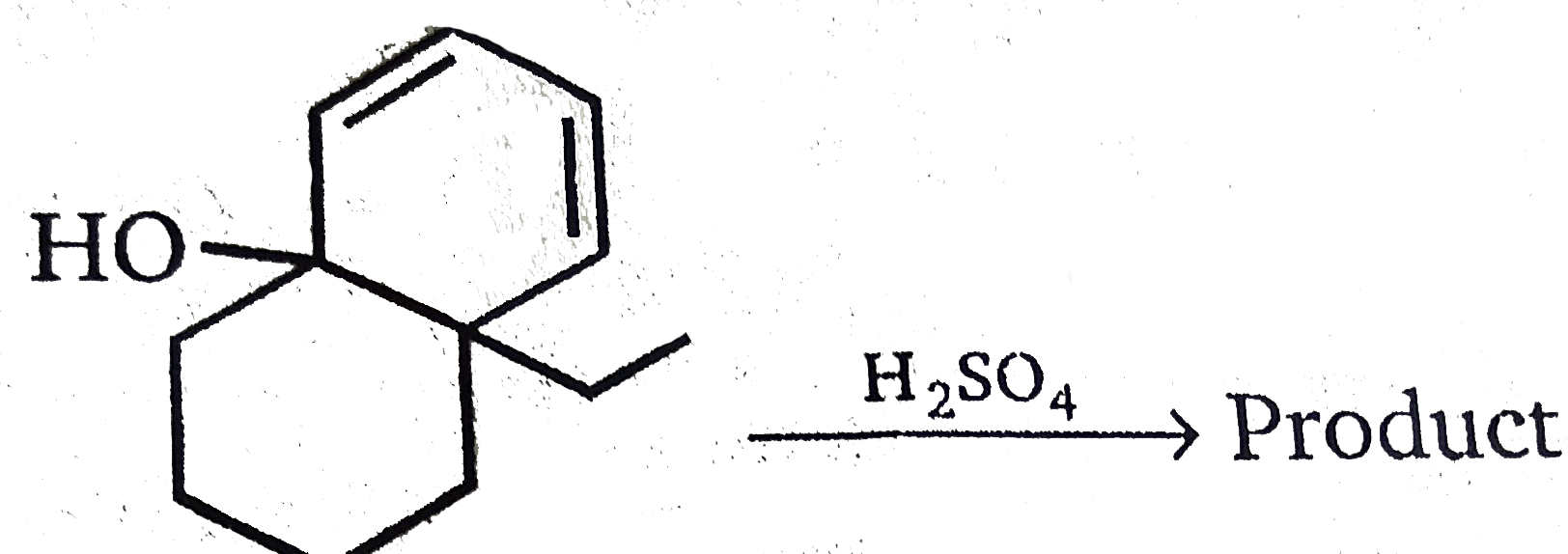
View SolutionIdentify the major product,

View SolutionIdentify the major product of the reaction :
View Solution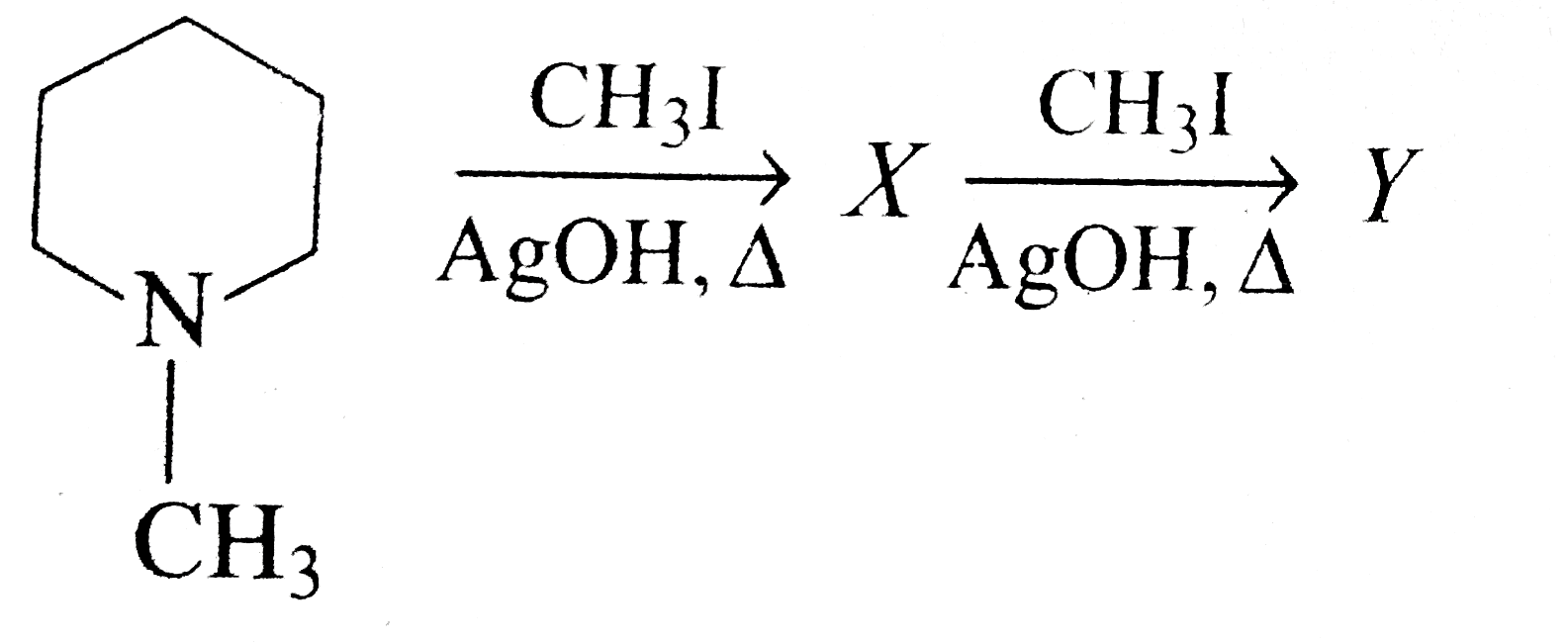
Identify the major product Y :
View Solution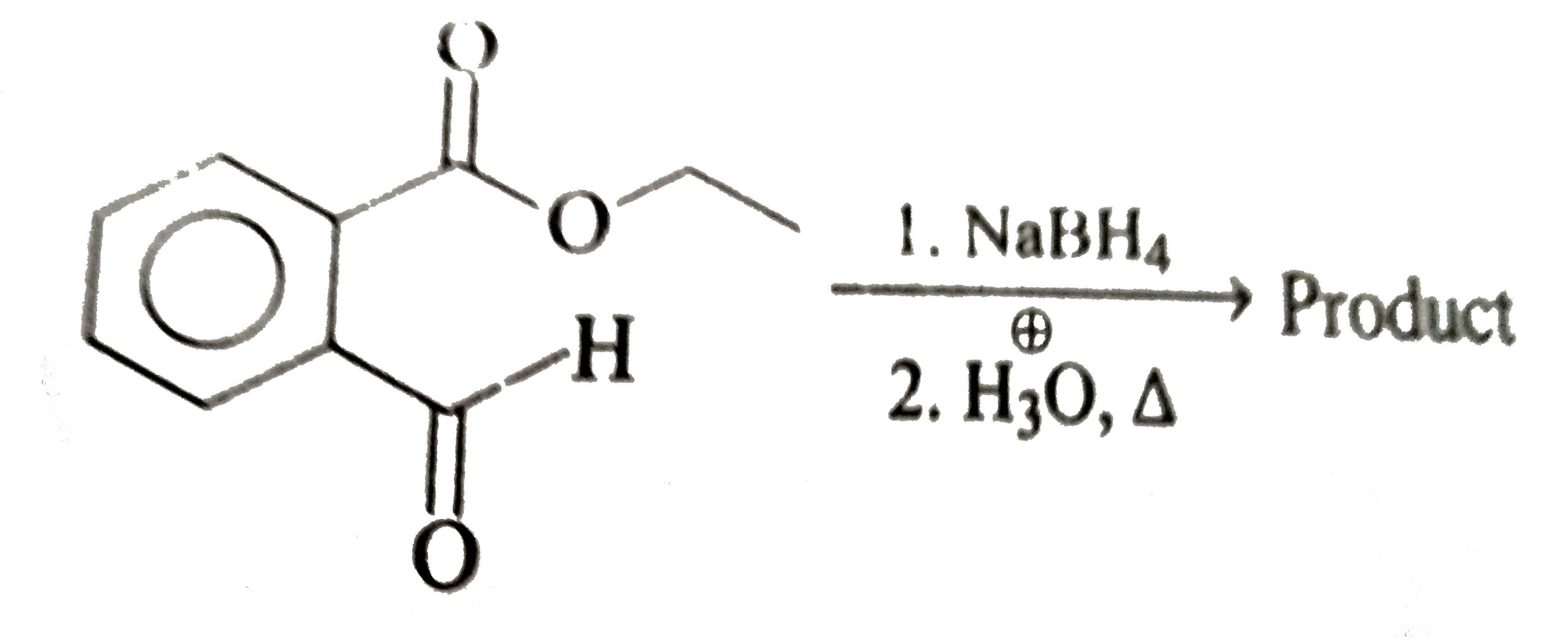
identify structure of major product :
View Solution ? Identify the major product
? Identify the major product
View SolutionIdentify (R) major product :
View Solution Identify the major product (B).
Identify the major product (B).
View SolutionIdentify the major product

View SolutionIdentify the major products A and B respectively in the following reactions of phenol.

View Solution
